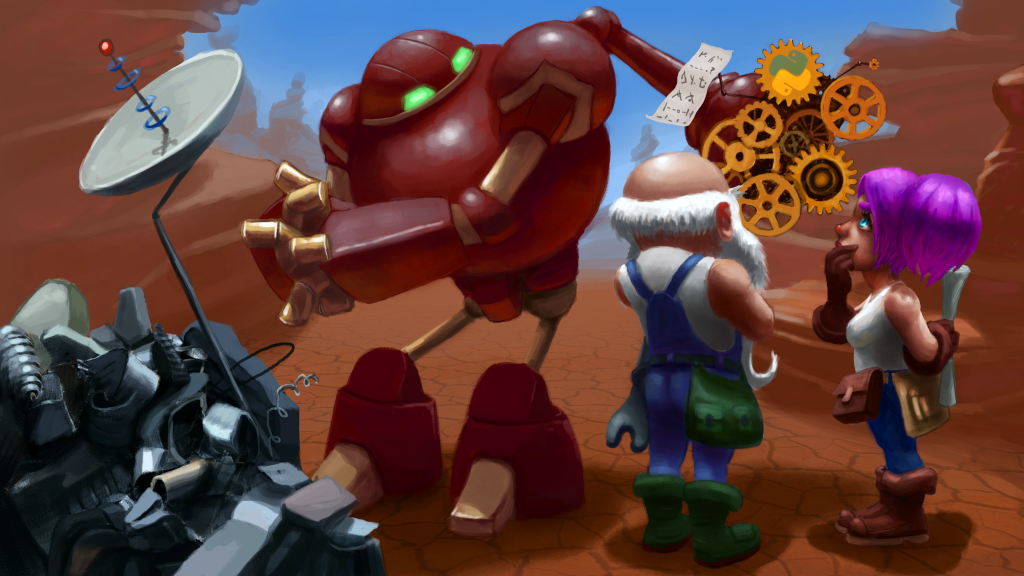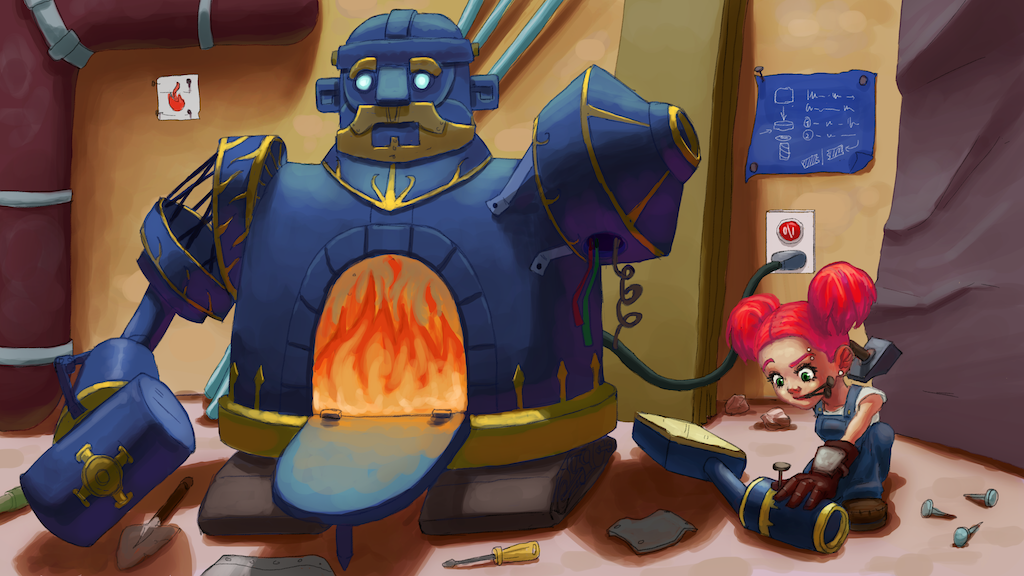“You should really be looking at Vagrant” — he said while I struggled with the keyboard, as if pressing the keys harder was going to magically make it work.
I had recently completed a utility — you know, one of those things that slurp in data from some black hole in a distant corner of the universe, marries it with the structure of a different time-space continuum, and magically spawns a pretty visual representation for mere mortals to easily consume — and I was having the hardest time getting all the pieces together for a demo on a laptop running that OS (yes, that one).
My buddy was trying to point me to a system that helps provision virtual machines from a simple configuration file. A solution which was becoming common in application distribution and deployment, as well as a method to standardize development environments.
Continue reading









